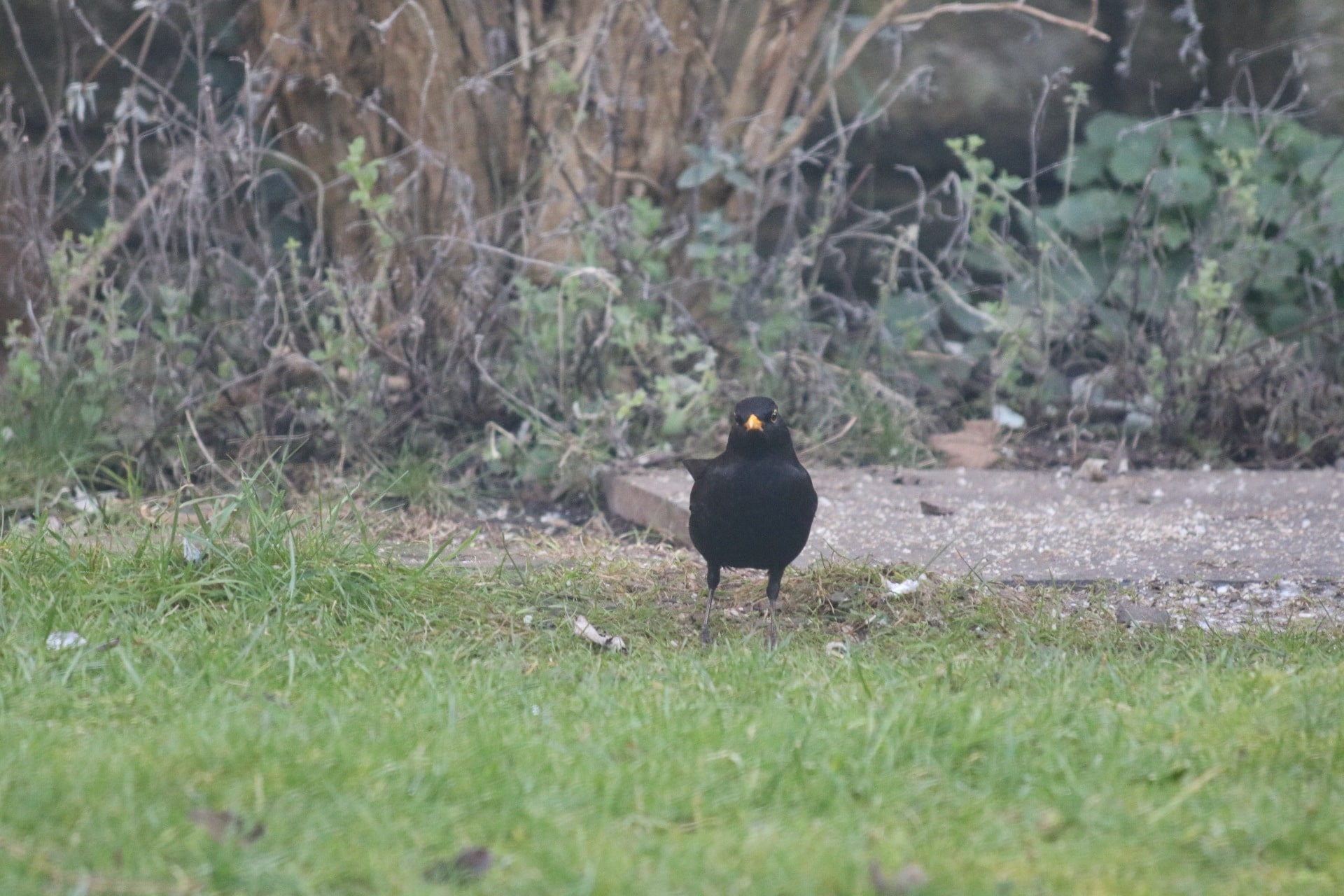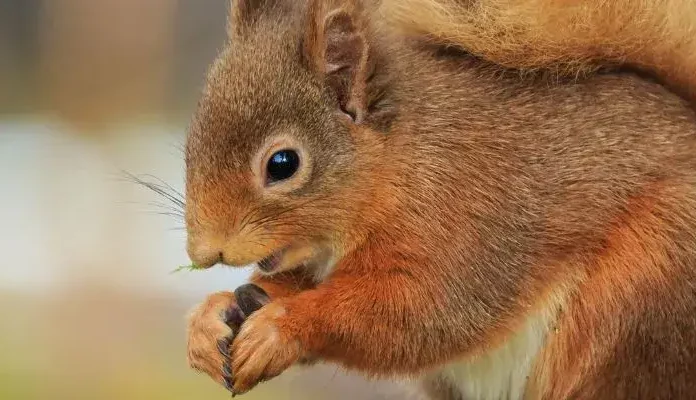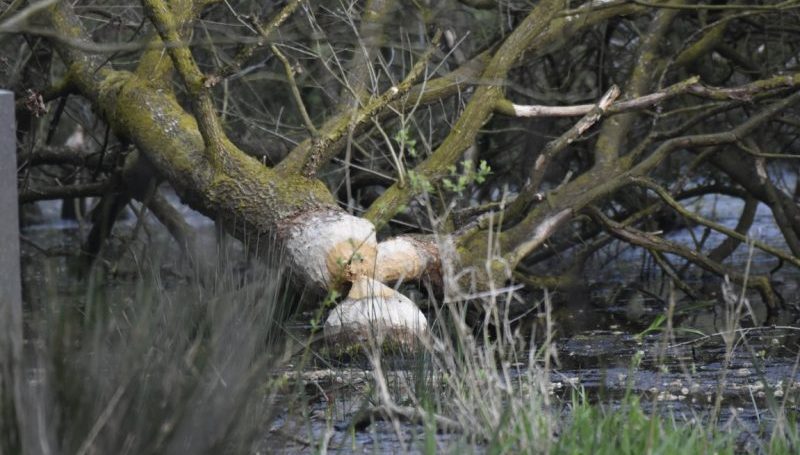The Royal Society for the Protection of Birds’ annual Big Garden Birdwatch is a large citizen science project in its 44th year, inviting the public to spend an hour watching and recording the birds that land in their garden over the weekend of 27-29 January 2023. It aims to get a snapshot of garden bird populations each year to see how they are doing in the face of current biodiversity challenges.
So, on Saturday morning I got settled on the sofa with my binoculars at the ready. Things started quietly and I was worried the usual birds wouldn’t appear in the survey hour but I soon spotted a tiny wren darting about beneath the shrubs. These are tricky to spot and this was indeed my first wren sighting during the Big Garden Birdwatch in at least 4 years.
I then took on the challenge of counting the house sparrows. These are my favourite garden birds and they like to live in a large honeysuckle shrub growing on a wall by the window. This keeps them safe from the elements and also any passing sparrowhawks! They blend in well among the twigs but I counted up to 16 house sparrows.

A flurry of activity then announced the arrival of the finches. Four greenfinches, seven goldfinches and four chaffinches all arrived at once to take over the feeders. There was certainly a ‘pecking’ order; the larger greenfinches took their places at the feeders and the goldfinches were left to squabble over the remaining spots. The chaffinches took a different approach and hopped around beneath the feeders for fallen seeds.
After a short while the finch gang took off, which allowed two blue tits to come and take their pick of the seeds, briefly joined by a great tit. A male and female blackbird and two woodpigeons also joined in the collective clean-up of fallen seeds (of which there are many after a visit by the goldfinches). While eating, one woodpigeon tried to ‘woo’ the other by bowing and fanning out his tail – evidently, the nesting bird season is never too far away.
Last but by no means least to be counted were two dunnocks, which are even more shy than the wren. They avoided the feeders and followed each other around in the undergrowth and shrubs in the garden looking for insects.
Overall, I counted 42 individual birds of 11 different species, which is a typical representation of the birds that usually visit the garden. House sparrows and greenfinches are on the UK Red List, and dunnocks, wrens and woodpigeons are on the UK Amber List, which means they are of conservation concern due to various reasons, such as declines in their populations. These species are currently facing many challenges and it shows how important our collective gardens and urban greenspaces are for these birds as they create a large area of habitat, particularly during the winter. In addition, providing food and water for birds in winter helps them get through the colder months when food is harder to come by. It is, however, important to regularly clean bird feeders and bird baths to minimise the risk of spreading bird diseases and illnesses.

I have submitted my results to the RSPB to feed into their annual data to inform garden bird population trends. I will be intrigued to see what the national trends are this year and how they reflect previous years of data. Reading about the severe declines in house sparrows and greenfinches has made me appreciate seeing them in my garden just that little bit more!
Read more about why every count matters.




